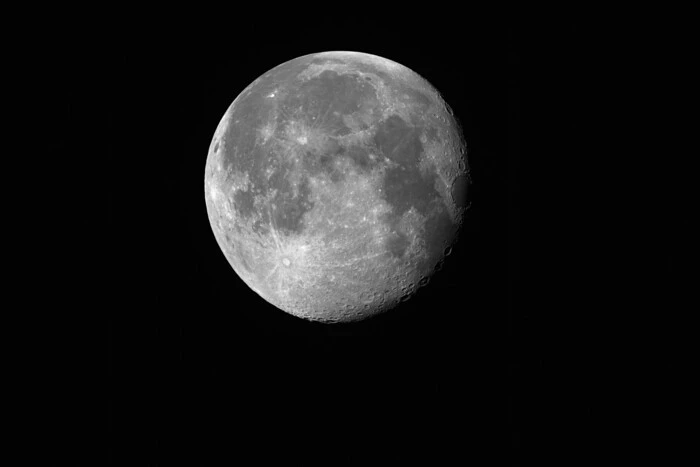New European Space Agency satellite captures detailed image of the Moon.


First image of the Moon from the Copernicus Sentinel-2C satellite
On September 20, the Copernicus Sentinel-2C satellite captured its first stunning image of the Moon thanks to a unique maneuver that tilted the satellite sideways. This was reported by the European Space Agency (ESA) press service.
Although Sentinel-2C is designed for observing Earth, this image, intended for calibration and comparison between missions, exceeded expectations.
The image with an impressive resolution of about 5 km shows visible lunar features, including the Copernicus crater, the Tycho crater, and the lunar seas: the Sea of Tranquility, the Sea of Moisture, and the Sea of Clouds. This demonstrates the versatility of the Sentinel-2C multispectral camera, which usually operates from its 786-kilometer orbit to obtain high-resolution data on land and coastal waters on Earth.
This Moon image is part of the regular "Moon calibration" process. Approximately once a month, the satellite will tilt sideways to capture the Moon instead of Earth. The well-known and stable intensity of Moonlight allows us to detect and correct even the smallest changes in instrument performance that may occur due to aging, such as degradation of optical coatings or detector drifts.
This process ensures that the "radiometric accuracy" of the data remains precise throughout the mission, which is a critical parameter for many applications.
The raw data initially showed a stretched Moon shape due to the relative motion of the Moon and the satellite. Correction of this effect was carried out to achieve this fantastic image.
Launched on September 5, 2024, Sentinel-2C joins its twin satellites in orbit, continuing to provide valuable high-resolution images for the Copernicus program.
Read also
- Steve Jobs Predicted the Emergence of ChatGPT 40 Years Ago (Video)
- Record May: Which Electric Cars Are Chosen by Ukrainian Drivers
- Microsoft's Artificial Intelligence Outperformed Doctors in Diagnosing Complex Diseases
- ChatGPT drastically influenced one category of job vacancies
- Beta testing of fine payments has begun in 'Reserve+'
- Operators have gained the right to block numbers: who will be affected by the new rule










